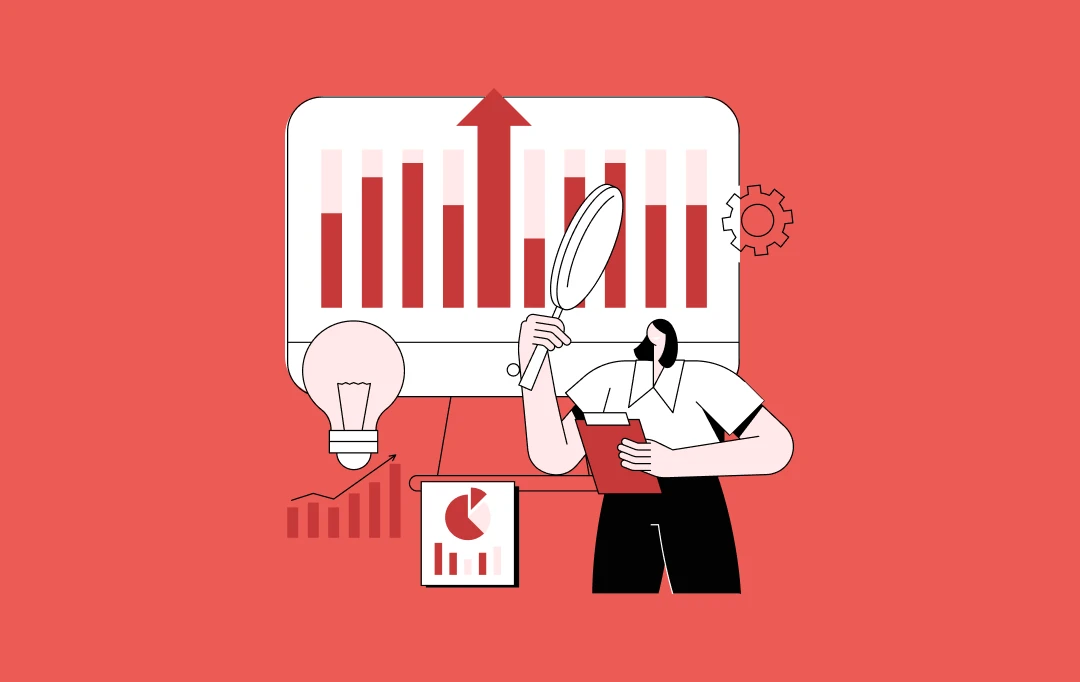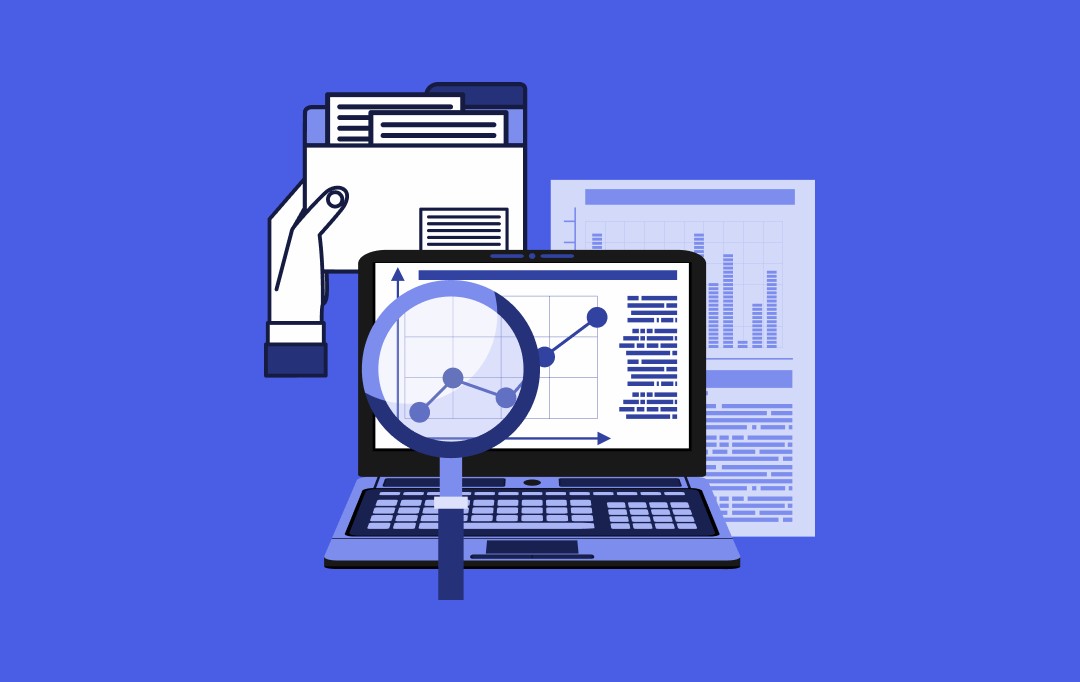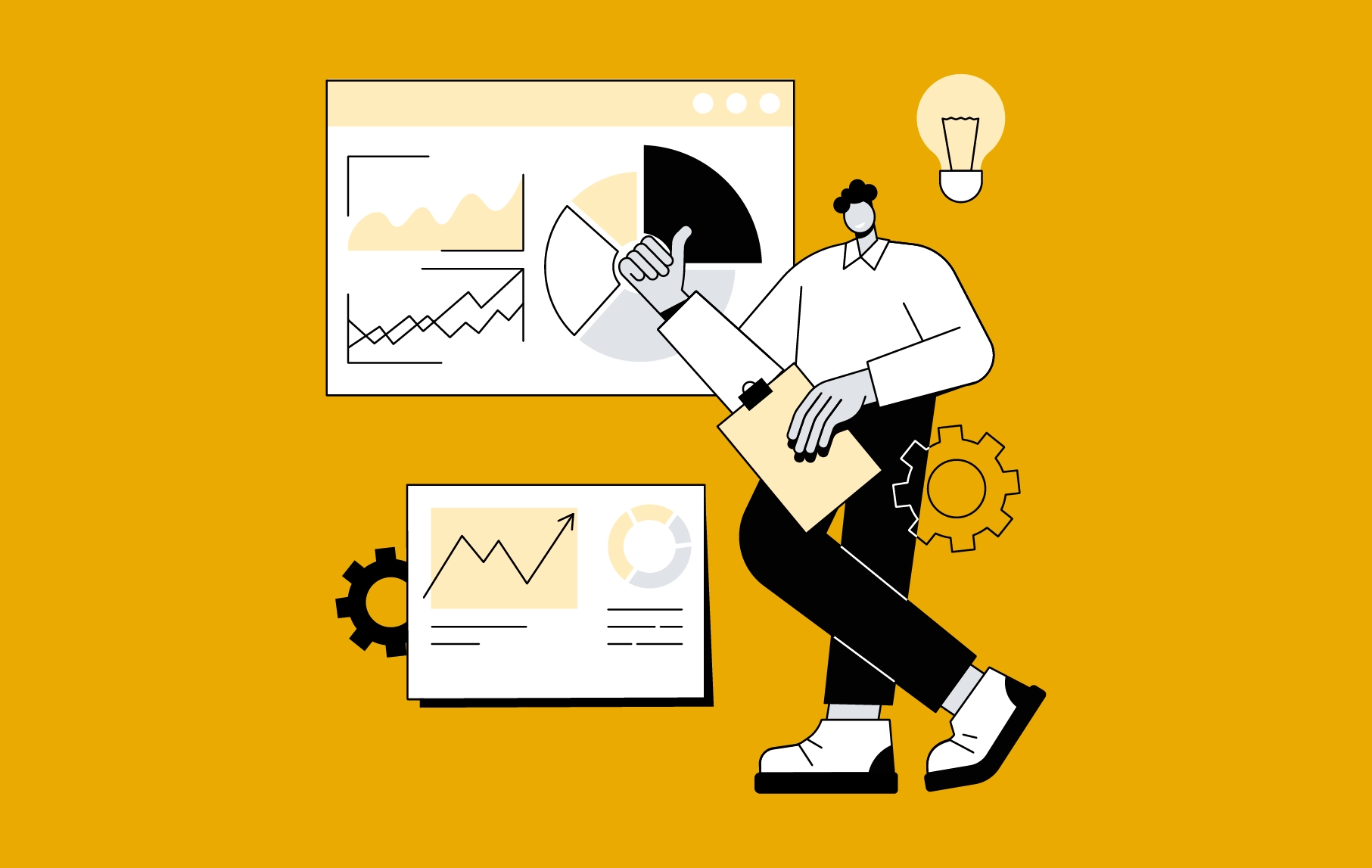Big data analytics has changed how we manage, analyze, and leverage data across industries. One of the most notable sectors where data analytics is making significant changes is healthcare.
When implemented correctly, data analytics in healthcare can reduce treatment costs, offer a comprehensive insight into patients and conditions that affect or have the potential to affect them, and improve the quality of life in general.
Healthcare data analytics combines historical and real-time data to predict trends, reveal actionable insights, achieve medical advances, and drive long-term growth.
As per a report by Allied Market Research, the global healthcare analytics market size is projected to reach $96.90 billion by 2030 from $23.51 billion in 2020, at a CAGR of 15.3%. Various factors such as the need for laboratory automation and efficiency and the rising prevalence of chronic diseases have led to a surge in the adoption of big data in the healthcare industry.
Apart from the aforementioned factors, healthcare organizations are now turning to big data analytics to cut down overspending on poor stock management, patient care, and staff deployment.
In this article, we are majorly going to focus on the ways data analytics is helping medical institutions and professionals assist with patient care and reduce costs.
But before moving forward, let’s dive into the main types of healthcare analytics and how they can drive a change in the healthcare industry.
What are the types of data analytics in healthcare?

There are four types of healthcare analytics that can be applied based on the goals and needs of healthcare professionals and institutions. Each type is crucial for making the most of healthcare data, depending on the situation.
Descriptive analytics: Descriptive analytics provides a historical view of data that allows healthcare providers and management to determine if current practices are efficient and make recommendations, if necessary.
Predictive analytics: Predictive analytics uses modeling and forecasting to determine what is likely to happen next. It helps healthcare providers to calculate risk scores for each patient and identify which patients may require additional attention. However, predictive analytics does not indicate preventing adverse events such as hospitalization.
Diagnostic analytics: Diagnostic analytics helps understand why something happened so that actions can be taken to address the problem. It is useful in figuring out what events and factors led to a specific outcome. Just like descriptive analytics, diagnostic analytics also involves an investigation of historical data.
Prescriptive analytics: This type of analytics allows us to understand what actions are needed to change the prediction. It uses advanced algorithms to help determine the effects of specific actions and provide solutions by applying historical data to get a specific result. It is the most useful and powerful type of analytics, providing guiding recommendations to healthcare professionals.
Top ways to reduce costs in healthcare using data analytics
Applying data analytics and visualization in the right way can lead to an increase in patient access to services, resulting in lower costs, more revenue, and improved patient satisfaction. In this section, we will delve into different ways to reduce costs in the healthcare sector using data analytics tools and solutions.

Electronic health records (EHRs): One of the major benefits of data analytics in healthcare is digitizing medical records that can result in substantial savings. EHRs generate a lot of data from the plethora of clinical information they contain. The data collected in EHRs comprises administrative and diagnostic patient information updated in real-time for each encounter. In particular, EHR provides information on procedures, demographics, length of stay, and fees. Additionally, EHRs improve the quality of care since they can trigger warnings and reminders for diagnostics.
They also enhance performance by streamlining routine tasks, reducing errors, and speeding data access/entry, thus significantly cutting costs in healthcare.
Kaiser Permanente, a leading healthcare company in the US, has implemented an integrated system that shares data across all their facilities and makes it easier to use EHRs. This improved outcomes in cardiovascular disease while saving the healthcare company $1 billion from reduced office visits and lab tests.
Thus, it means a shared system of digitized patient records can save hospitals and healthcare centers substantial sums of money.
[Also Read: How to build an EHR system? Features and cost breakdown]
Forecasts operating room demands: Operating rooms are expensive to build, operate, and staff. So, it’s in every hospital’s best interest to optimize operating room use without compromising patients’ health. To achieve this goal, a number of healthcare providers and administrators are utilizing data analytics to understand the relationships between the numerous operating room variables that tend to ruin effective scheduling. These variables include surgeon availability, operating hours, and equipment functionality and availability.
With so many factors to consider, creating a surgical schedule isn’t easy. Fortunately, data analytics can help streamline operating room management. Hospitals are now awash in staff, patients, and facilities data. So, the best way is to mine the right data, study patterns of operating room utilization, and use predictive modeling to match the most appropriate human and support resources with the right operating rooms.
For instance, hospitals like UCHealth in Colorado have switched to mobile apps that use cloud computing and predictive analytics to optimize operating room utilization and eliminate schedule conflicts. Since the switchover, UCHealth saw an increase of 4% or $15 million in revenue from surgeries per year.
Optimizes staffing: In many healthcare facilities, on-the-fly scheduling is done without taking into account other factors, which can sometimes lead to a shortage in staff that will ultimately affect patient care.
Accurate staffing is extremely important because half of a hospital’s budget is spent on labor costs. Data analytics is now helping administration and managers better cope with staffing challenges at least 30 days in advance. Data analytics for enterprise ventures uses intelligence to forecast and analyze historical staffing numbers, local weather trends, seasonal infections, holidays, and more, available for each organization. This leads to reduced labor costs and efficient, cost-effective shift management.
Prevents 30-day hospital readmissions: Unnecessary readmissions are rampant in a US healthcare system. They also place an unnecessary cost burden on hospitals that have few resources to spare. Reducing readmissions promises to lower costs for hospitals. Data analytics tools can be used to identify patients with specific symptoms and diseases that lead to their readmission. This helps healthcare providers take additional measures to prevent the patient from returning within the 30-day window.
Analytics tools can also be used to develop a heat map for each patient who has stayed out of the hospital for the past 30-day period. Healthcare professionals can look at easy-to-understand visual representations of the data to identify where exactly in this 30-day window the patient is most at risk. This information helps them plan further actions.
For instance, data scientists at NYU Langone Medical Center have developed a predictive analytics algorithm based on a wide range of clinical factors. It helps identify patients who are likely to spend less than two nights in hospital. The tool also helps physicians know when to place a patient on observation.
Forestalls no-show appointments: When patients do not arrive for scheduled appointments, the unexpected gaps in a practitioner’s daily calendars can have financial ramifications and throw off the workflow. Using data analytics to identify patients who are likely to skip appointments without advance notice can significantly lower revenue loss, allow medical professionals to offer free slots to other patients, and enhance customer experience. A Duke University study found that data analytics could capture 4,800 patient no-shows a year for higher accuracy.
Data analytics tools can also be utilized to predict when patients may appear at facilities such as urgent care centers or emergency departments, which do not have fixed schedules. This, in turn, could help improve staffing levels and minimize wait times.
Enhances supply chain cost management: As for all businesses, hospitals rely on the supply chain for efficient operations. If the chain experiences disconnection, patient care, and treatment suffer, and hospitals lose revenue.
Analytical tools maintain efficiency and track supply chain metrics, resulting in cost savings of up to $10 million yearly. These tools also help automate requisitions, purchase orders, invoices, and other processes to reduce documentation errors.
Prevents fraud and enhances security: Hospitals are no stranger to data breaches and fraud claims. In June 2020, the Department of Health and Human Services in the US witnessed an increase in data breaches as cybercriminals took advantage of the distractions from the Covid-19 pandemic. Such cybercrimes are costly to hospitals, resulting in an average revenue loss of nearly $3 million. To combat data breaches, hospitals are using data analytics to identify pattern changes in network traffic and other suspicious online behaviors.
Data analytics can also allow organizations to track incorrect or fraudulent payments. Analytics streamline the claims process for more expedient reimbursements and track incorrect payments.
[Also Read: How to Ensure Cybersecurity in the Age of IoT]
Reduces medical errors: Medical errors arising from surgical, diagnostic, medication, and other failures affect approximately 400,000 patients a year and cost hospitals billions of dollars in lost revenue. Many errors occur from staff negligence or insufficient information. Big data can help reduce these medical errors by analyzing the patient’s medical records with all treatments prescribed and flagging anything that seems out of place.
Now that we have seen how data analytics is used in healthcare for reducing costs and the benefits of data analytics in healthcare, let’s see what the future of data analytics looks like in the healthcare industry.
The future of data analytics in healthcare
Data analytics is already playing a massive role in transforming the healthcare sector by providing quality care and reducing overall costs for both patients and medical institutions. It is set to have a substantial impact in the coming years as well. Big data analytics in healthcare will increasingly be used to help predict the probability of future scenarios in order to make informed and better decisions.
Technological and organizational advancements will make increasing quantities of data available that will be suitable to develop and deploy data analytical tools and systems. Processing power will increase in the future, and more off-the-shelf analytical tools will be available, which will make this development easier and commercially realizable.
Also, in the coming years, there will be a significant increase in the use of data analytics tools to predict the compliance and engagement of patients, which is particularly important in successfully managing long-term conditions.
You may also want to read, The top 5 trends shaping the future of data infrastructure in 2022 and beyond
How Appinventiv can help with data analytics
As we have seen, the impact of data analytics in healthcare is tremendous. Data analytics plays a vital role in reducing expenses for hospitals and enhancing the overall quality of care that patients receive. This is the reason why there has been a significant surge in the adoption of big data analytics in the healthcare sector.
At Appinventiv, our excellent team of professionals will help you implement data analytics solutions for your healthcare business while taking care of all your data challenges at the same time. These tools will lead to greater user retention, enhance productivity, and reduce medical errors.
So, in case you want to implement data analytics solutions in your business or learn the importance of data analytics in healthcare, you can discuss with our IT healthcare consulting experts. Our team will offer you the best-in-class data analytics services, with all your needs covered!


Excellence Together

10 Ways Retail Predictive Analytics Drives Growth in Business
Earning customer loyalty and retention is more challenging than ever. With numerous choices at their fingertips, customers have elevated expectations for every interaction with a business. Additionally, the retail industry is experiencing significant financial pressures. Increased operational costs, supply chain disruptions, fierce competition, and rising marketing expenses are all contributing to the strain. Addressing these…

How Data Analytics is Driving Innovation in the Insurance Sector
As the insurance value chain becomes increasingly digital, insurers must swiftly understand and respond to customer needs to maintain a competitive edge. However, they often face challenges such as inaccurate risk assessments, fraud detection, and inefficient customer service. In this situation, insurance data analytics offers a critical solution, enabling insurers to leverage vast data for…











